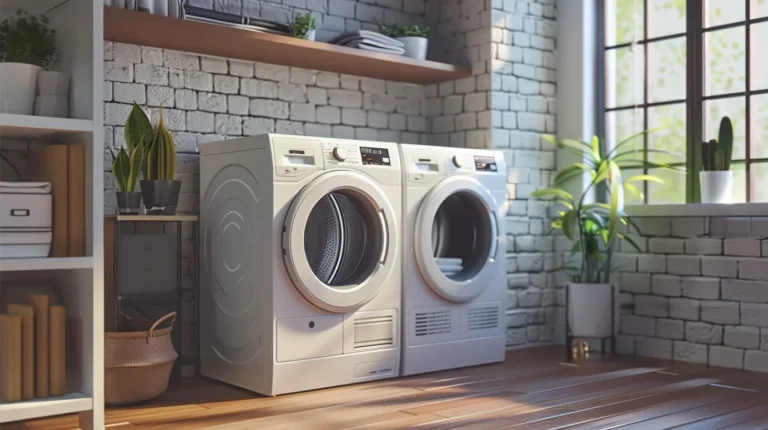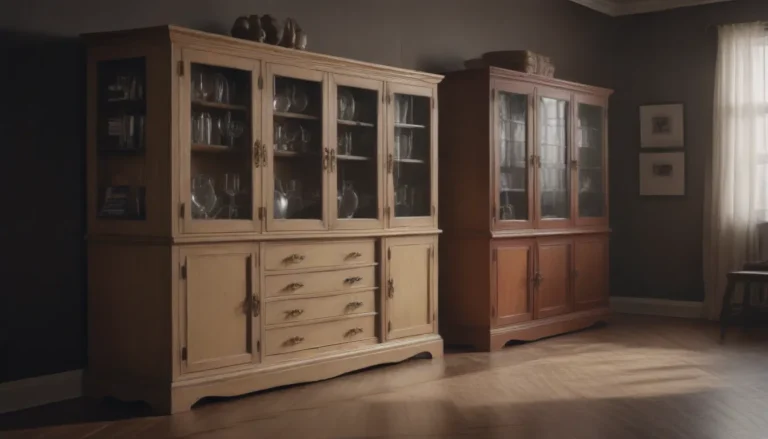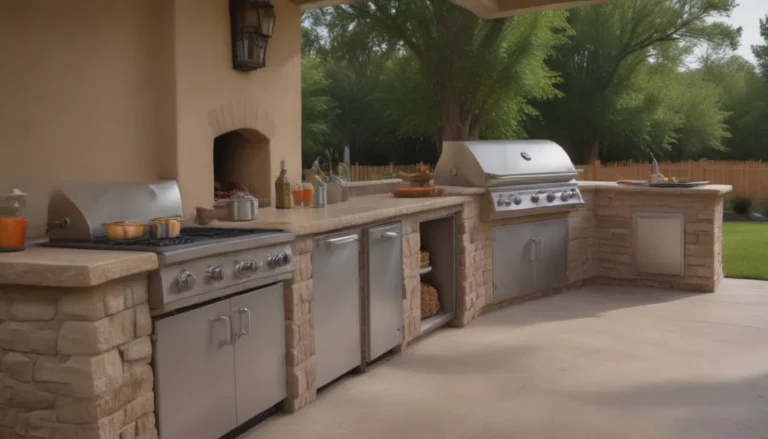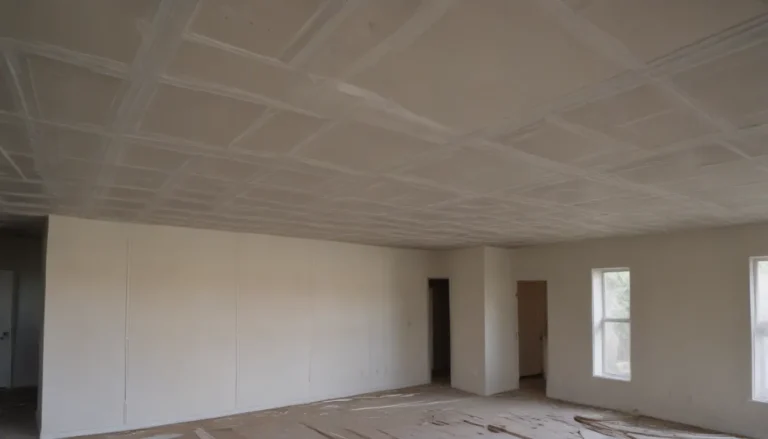Understanding Paint Problems: Signs, Causes, and Solutions
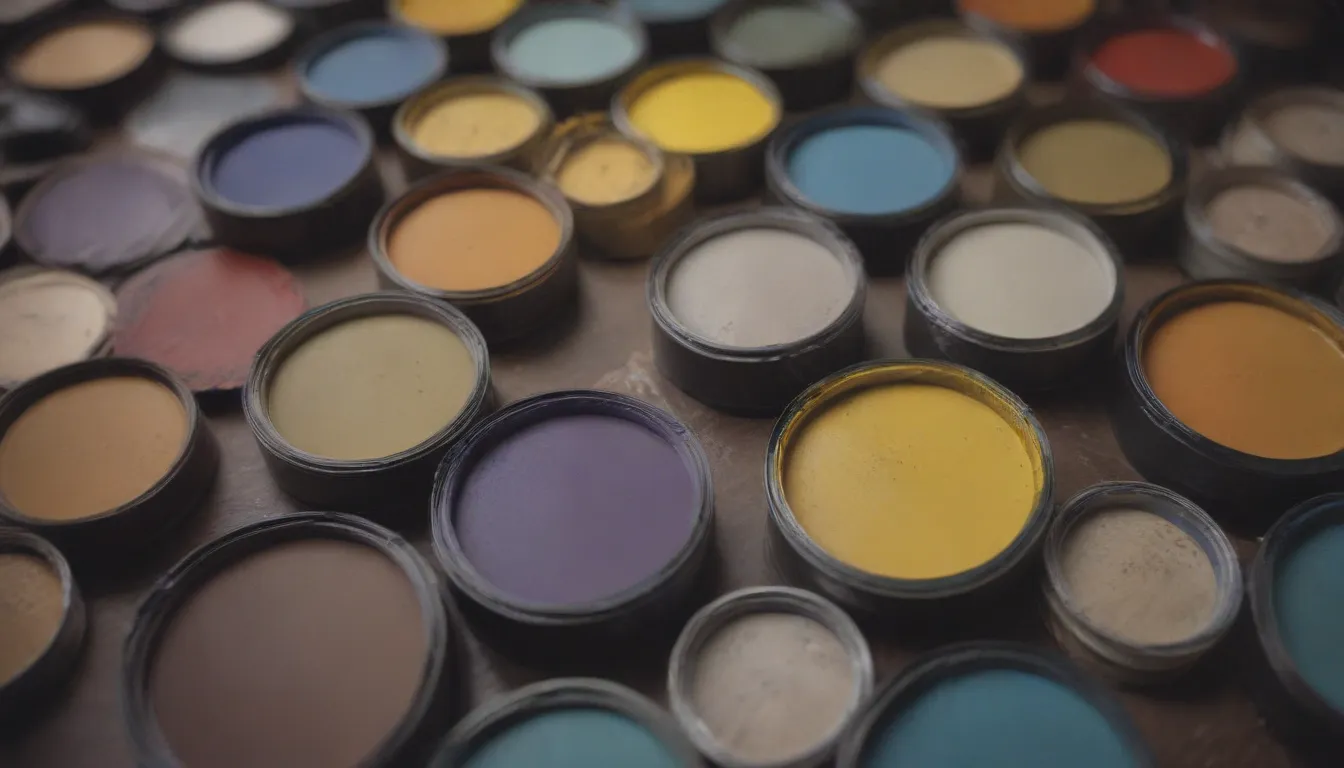
Maintaining the exterior paint on your home is crucial to protecting it from the elements and keeping it looking its best. However, even the most durable paints can experience issues under certain conditions. In this article, we will explore nine common signs of worn-out paint, their possible causes, and how to fix and prevent them.
Sign 1: Blistering Paint
Blistering paint is identified by small to medium-sized bubbles or blisters under the paint film, often seen on wood siding and trim. This issue can be caused by moisture trapped beneath the paint.
- Possible Causes:
- Exposure to moisture
- Poor surface preparation
- Repair and Prevention:
- Remove the blisters by scraping and sanding the affected areas
- Ensure proper surface preparation before repainting to prevent moisture infiltration
Sign 2: Alligatoring and Checking
Alligatoring and checking are types of paint film failure characterized by cracked patterns in the paint film. Alligatoring appears as deep relief cracks resembling a reptile’s skin, while checking has more evenly spaced, shallower cracks.
- Possible Causes (Alligatoring):
- Application of a hard, inflexible coating over a soft one
- Inadequate drying time between coats
- Possible Causes (Checking):
- Excessive temperature fluctuations
- Use of low-quality paint
- Repair and Prevention:
- Sand and smooth the surface before repainting
- Use high-quality, flexible paint suitable for exterior surfaces
Sign 3: Efflorescence
Efflorescence is a problem commonly seen on painted masonry surfaces, characterized by crusty white salt deposits bubbling through the paint film from the underlying masonry structure.
- Possible Causes:
- Salts in the brick or concrete leaching to the surface
- Water evaporating and carrying salts to the paint surface
- Repair and Prevention:
- Remove efflorescence with a stiff brush and water
- Seal the masonry surfaces to prevent further salt migration
Sign 4: Chalking
Chalking is identified by a fine chalky powder forming on the paint film, often seen in dry, arid climates. Excessive chalking can indicate paint failure due to exposure to the sun and rain.
- Possible Causes:
- Breakdown of pigment by weather exposure
- Use of low-quality oil-based paints with high levels of pigment extenders
- Repair and Prevention:
- Wash the surface to remove the chalky residue
- Repaint with a high-quality, durable paint suited for exterior use
Sign 5: Sagging or Running Paint
Sagging or running paint is easily identified by a droopy, dripping appearance of the paint film, often caused by applying paint too heavily or under hot conditions.
- Possible Causes:
- Overapplication of paint
- High temperatures during application
- Repair and Prevention:
- Sand the drips and runs once the paint is dry
- Apply paint in thin, even coats to prevent sagging
Sign 6: Mildew Growth
Mildew is a fungus that can grow on painted surfaces, identified by gray, brown, green, or dark black spots. It thrives in moist, humid conditions.
- Possible Causes:
- Exposure to high humidity
- Poor ventilation in the painted area
- Repair and Prevention:
- Remove mildew with a bleach solution or mildew remover
- Improve ventilation in the affected area to prevent future growth
Sign 7: Rust Discoloration
Rust discoloration appears as rust-colored, reddish-brown to black stains on the paint surface, often seen on metal surfaces.
- Possible Causes:
- Presence of rust on the substrate
- Poor paint adhesion to the metal surface
- Repairs and Prevention:
- Remove rust with a wire brush or sandpaper
- Apply a rust-inhibiting primer before repainting metal surfaces
Sign 8: Peeling Paint
Peeling paint is a common issue caused by moisture infiltration or poor adhesion to the substrate. It can result in the paint separating from the surface in layers.
- Possible Causes:
- Moisture trapped beneath the paint film
- Poor surface preparation before painting
- Repair and Prevention:
- Scrape and sand the peeling paint before repainting
- Ensure proper adhesion by priming the surface before painting
Sign 9: Fading
Exterior paint fading occurs when the color of the paint lightens in specific areas due to UV exposure, harsh weather conditions, and normal wear and tear.
- Possible Causes:
- UV rays from direct sunlight
- Exposure to extreme temperatures
- Repair and Prevention:
- Repaint the affected areas with UV-resistant paint
- Ensure proper surface preparation and paint quality to prevent premature fading
Additional Tips for Exterior Paint Maintenance:
- Inspect your home’s exterior regularly for signs of paint wear and damage
- Clean the painted surfaces periodically to remove dirt, debris, and mildew
- Use high-quality paint and follow proper application techniques for long-lasting results
In conclusion, identifying and addressing signs of worn-out paint on your home’s exterior is essential to maintaining its appearance and protecting it from the elements. By understanding the causes of common paint problems and following appropriate repair and prevention measures, you can ensure that your home’s paint stays fresh and vibrant for years to come. Remember, a well-maintained exterior not only enhances your home’s curb appeal but also adds value to your property. So, take the time to care for your home’s paint, and it will reward you with lasting beauty.
